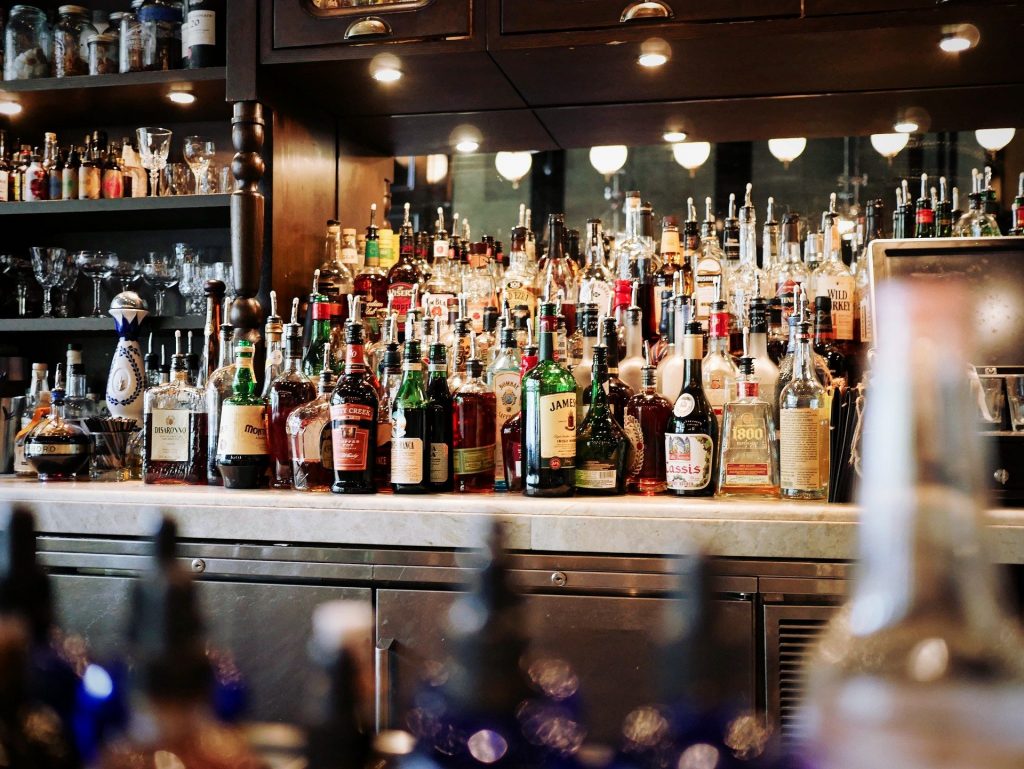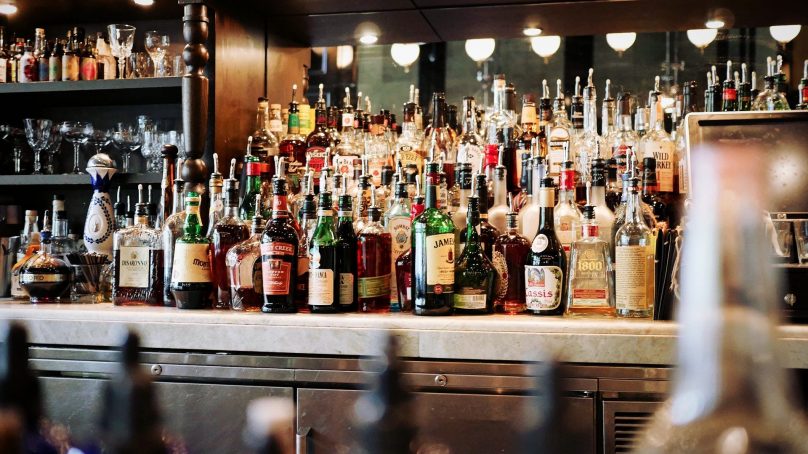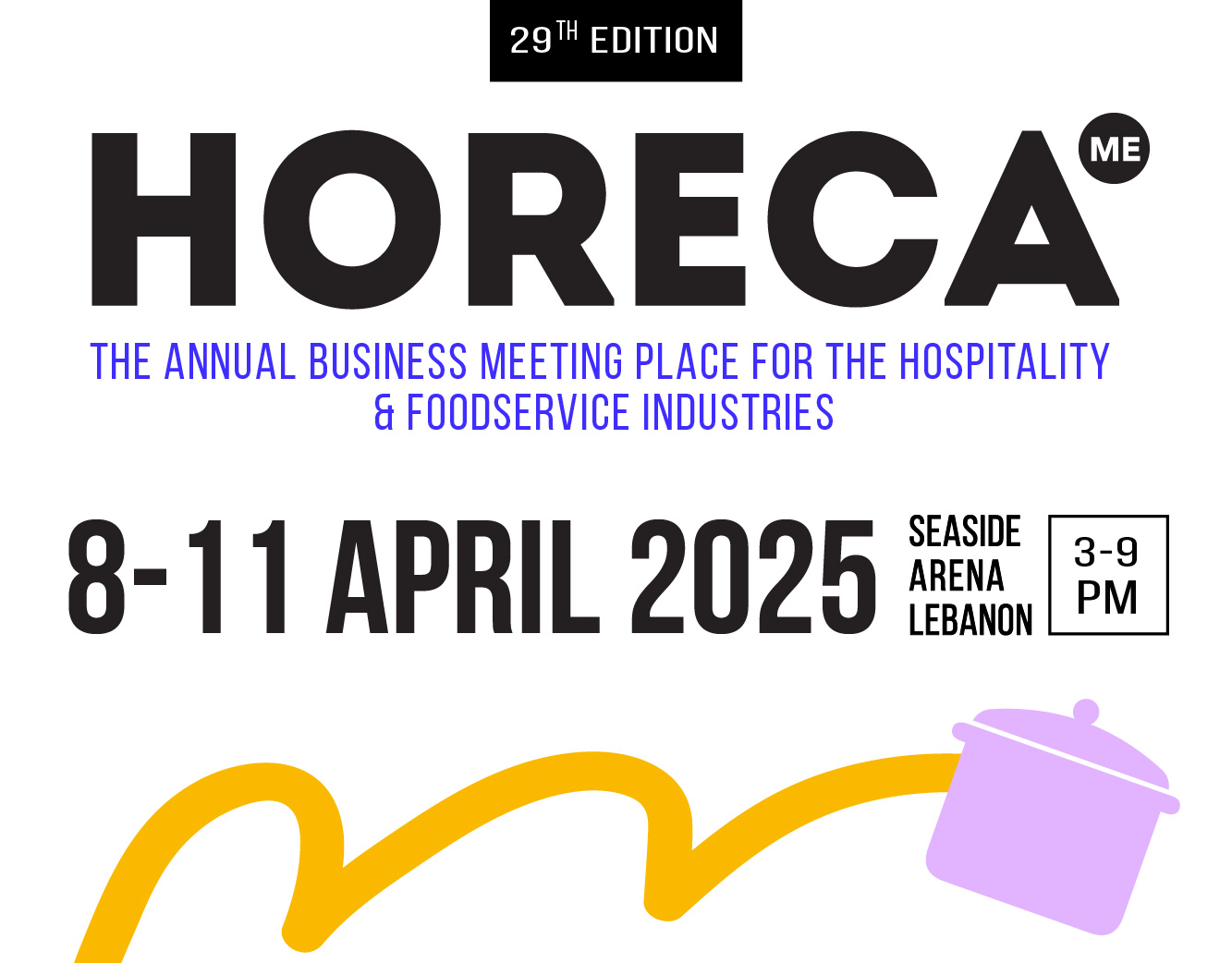 Like most industries, Covid-19 had a seismic impact on the drinks and alcoholic drinks industry. Spiros Malandrakis, senior alcoholic drinks analyst and head of research for alcoholic drinks at Euromonitor International, highlights three trends to look out for.
Like most industries, Covid-19 had a seismic impact on the drinks and alcoholic drinks industry. Spiros Malandrakis, senior alcoholic drinks analyst and head of research for alcoholic drinks at Euromonitor International, highlights three trends to look out for.
On-trade: a party at the end of the tunnel?
Hospitality sales have been among the pandemic’s greatest casualties. A shift to profitability, higher margin offerings, avoiding labor-intensive menus and proprietary ingredients, reduced staffing levels and a nostalgia-infused return to spirit-focused classics will be the largely inevitable strategic decisions in the short term. In the medium to long term, the pent-up demand for indulgence, the increasingly desperate need to socialize and the pendulum of societal traits shifting back toward hedonism after years of fixation with a clinical approach toward health, can lead to a strong bounce back.
Non-alcohol democratization
The low- and non-alcoholic beverage trend has been gradually building momentum – primarily in key markets in Western Europe – for the past few years. From beers to spirits and from sober-curious dedicated events and festivals to dry hospitality venues, alcohol-free products have become intricately associated with the rising wave of interest in health and wellness. The movement culminated in the concept of mindful drinking – an approach that was less about teetotalism and more about lifestyle choices and personal brand curation in the age of social media. Largely aspirational and positioned within premium and above price points, the segment will continue offering opportunities for expanding languishing industry penetration rates while securing solid profit margins through launches, promotional support and – ultimately – consumer interest.
Post-pandemic ripple effects
The lack of alternative discretionary spending options, the comparative affordability of key brands sold via retail versus their respective on-trade price points and the stimulus measures providing support in the vast majority of key markets have all been fueling the much-vaunted premiumization narrative over the past year. Aspirational consumption and a transition to increasingly more sophisticated (and higher end) varieties and categories has been a key theme for more than a decade so the resilience of the narrative is not surprising and will continue – at least in the short term. Nevertheless, as discretionary options resurface and expand with the gradual reopening of societies, shopping, hospitality and travel, premium alcoholic drinks will lose their unique positioning as one of the few available lifestyle trading routes.
















